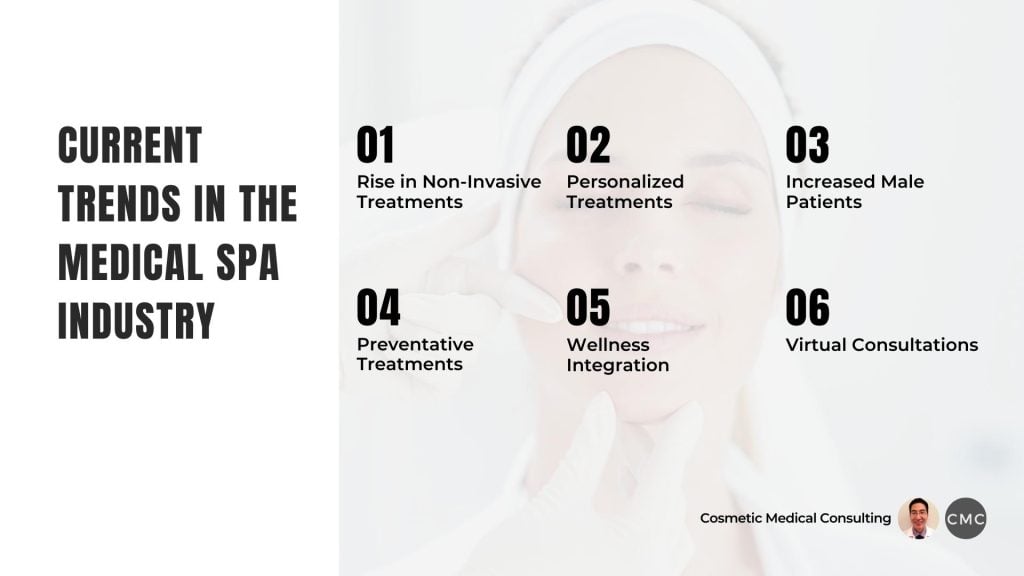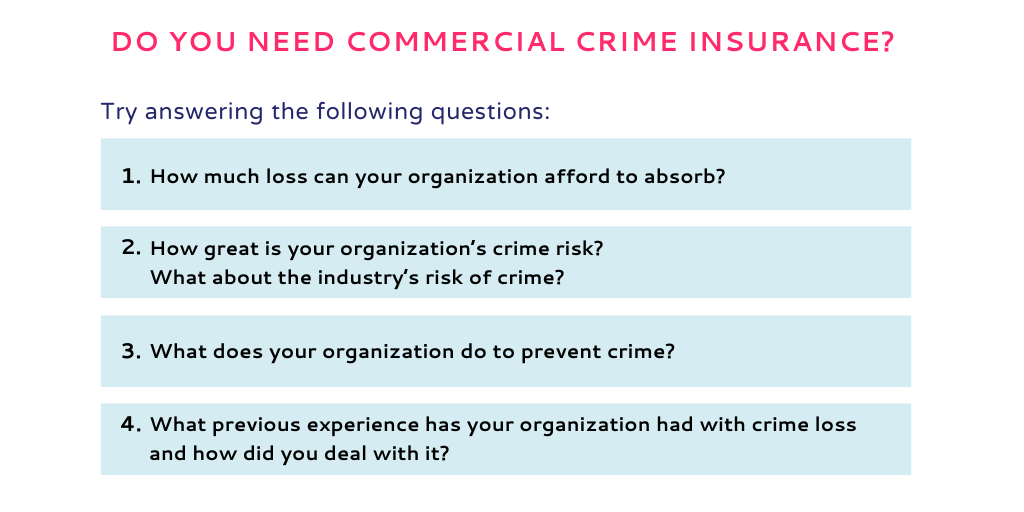Comprehensive Guide: Medical Spa Malpractice Costs, Employee Benefits Fiduciary Insurance & Commercial Auto Deductible Strategies
Are you a medical spa owner, employer managing employee benefits, or a business with commercial auto needs? You’re in the right place. According to the Advisory Board and the 2025 NFP U.S study, medical spas face significant malpractice costs, while employers must safeguard against fiduciary risks. And with the right strategies, businesses can save up to 20% on commercial auto insurance premiums (InsuranceNewsNet 2025 Report). This buying guide offers a premium solution, with a best price guarantee and free installation – included insights, to help you navigate these critical areas and make smart decisions.
Medical Spa Malpractice Costs
Medical spas are increasingly popular, but they also face the risk of malpractice claims which can result in significant costs. A report by the Advisory Board indicated that while the overall rate of malpractice claims in the U.S. has steadily declined since 2001, medical spas are not immune to such risks.
Definition
Medical spa malpractice refers to situations where a medical spa, its practitioners, or staff fail to provide an acceptable standard of care, leading to harm or injury to a patient. This can include improper treatments, incorrect diagnoses, or substandard patient care.
Insurance premiums and factors affecting them
Insurance premiums for medical spas are determined by multiple factors. The location of the spa plays a role, as areas with higher litigation rates may lead to increased premiums. The services offered also matter; more invasive or high – risk treatments can result in steeper insurance costs. Additionally, the claims history of the spa is a significant factor. A spa with a history of malpractice claims is likely to pay more for insurance.
Costs in case of a lawsuit
When a medical spa faces a lawsuit, the costs can be substantial. Legal fees are a major expense, with attorneys charging hourly rates that can quickly add up. There are also costs associated with expert witnesses, who are often needed to testify about the standard of care in the medical spa industry. If the spa loses the lawsuit, it may have to pay significant damages to the patient.
Typical cost ranges
Settlement amounts for minor injuries ($50,000 – $200,000)
For minor injuries, such as mild skin irritations or small bruises, settlement amounts typically range from $50,000 to $200,000. For example, if a patient experiences a minor allergic reaction to a skin treatment, the spa may settle the case within this range.
Settlement amounts for moderate injuries ($200,000 – $500,000)
Moderate injuries, like second – degree burns or significant scarring, can lead to settlement amounts between $200,000 and $500,000. If a patient undergoes a laser treatment that goes wrong and results in scarring, the settlement could fall within this bracket.
High – end liability amounts
In cases of severe injuries, such as permanent disfigurement or organ damage, the liability amounts can be much higher, sometimes reaching millions of dollars.
Insurance policy cost ($1,000 – $5,000 per year)
On average, medical spas can expect to pay between $1,000 and $5,000 per year for malpractice insurance. However, this can vary widely based on the factors mentioned above.
Insurance deductible range ($1,000 – $10,000)
The insurance deductible, the amount the spa must pay out – of – pocket before the insurance kicks in, usually ranges from $1,000 to $10,000.
Common causes
Limited information; possible relation to general diagnostic errors
Medical spas may sometimes operate with limited patient information, leading to general diagnostic errors. For example, if a patient fails to disclose a pre – existing medical condition and the spa practitioner does not conduct a thorough enough intake, it can result in inappropriate treatments.
Substandard patient care due to dual nature of spa and medical clinic
The dual nature of medical spas, which are part – spa and part – medical clinic, can lead to substandard patient care. Staff may be more focused on the spa experience rather than providing proper medical care.
Example of improper treatment (e.g., Kybella injection)
An example of improper treatment is the incorrect administration of Kybella injections. If the injection is not given at the right depth or in the correct amount, it can cause significant swelling, bruising, and in some cases, nerve damage.
Preventive measures
Understand complaints and legal disputes
Medical spa owners should understand common complaints and potential legal disputes. By anticipating these issues, they can take preventive measures. As recommended by industry legal experts, regularly reviewing patient feedback can help identify potential problem areas.
Partner with trusted insurance agencies
Partnering with trusted insurance agencies like Clifton Insurance Agency, Inc can significantly reduce risks and provide comprehensive coverage. These agencies have the expertise to assess the specific needs of a medical spa and offer appropriate policies.
Maintain appropriate malpractice insurance
Coverage for mobile services
If the medical spa offers mobile services, it’s essential to ensure that the malpractice insurance covers these activities.
Practitioners’ coverage
All practitioners should have necessary coverage, either through the spa’s plan or individual policies.
Tail coverage
Maintaining tail coverage is also important. This provides coverage for claims that may arise after the practitioner has left the spa.
Build a healthy doctor – patient relationship
A strong doctor – patient relationship can reduce the likelihood of malpractice claims. Practitioners should communicate clearly with patients, explain procedures in detail, and address any concerns.
Hire and train qualified staff
Hiring and training qualified staff is crucial. Staff should be well – versed in both medical procedures and customer service.
Work with experienced legal counsel
Working with experienced legal counsel can help medical spas navigate legal issues. Legal experts can review contracts, advise on compliance, and represent the spa in case of a lawsuit.
Pro Tip: Conduct regular internal audits of your medical spa’s practices and patient records to identify and address any potential areas of risk before they lead to a malpractice claim.
Key Takeaways:
- Medical spa malpractice can lead to significant costs, including legal fees and damages.
- Insurance premiums are affected by location, services offered, and claims history.
- Common causes of malpractice include diagnostic errors, substandard patient care, and improper treatments.
- Preventive measures such as understanding legal disputes, partnering with insurance agencies, and maintaining proper insurance can help reduce risks.
Try our medical spa risk assessment tool to evaluate your current risk level and identify areas for improvement.
Top – performing solutions for medical spa malpractice insurance include policies from well – known insurance providers that offer customizable coverage based on the services offered by your spa.
Employee Benefits Fiduciary Insurance
In 2025, a combination of legal challenges, regulatory updates, and rising healthcare costs has made fiduciary responsibility a top concern for employers. According to the 2025 NFP U.S study, even as health care costs continue to rise, employers remain committed to their benefits programs, with only 4% decreasing their health care spend this year and 43% increasing it. This shows the significant role employee benefits play in the workplace, and also highlights the importance of fiduciary insurance in protecting employers and fiduciaries.
Definition
Employee benefits fiduciary insurance is designed to provide protection for those who are responsible for managing employee benefit plans. It acts as a safeguard against potential financial losses that may occur due to mismanagement or breaches of fiduciary duty.
Emerging trends
Fiduciary claim trends (flat renewals, ERISA class – actions)
The current default in the fiduciary insurance market is pressure towards flat renewals, with some ability to distinguish individual risks for reductions. However, recent class – action lawsuits filed against large corporations like Johnson & Johnson and Wells Fargo, challenging plan fiduciaries around their duty to act prudently under the Employee Retirement Income Security Act (ERISA), indicate a new wave of litigation in this area.
Legislation and regulatory trends (interpretations of existing laws)
There has been no major new legislation but rather continued interpretations and clarifications of existing laws. These interpretations can impact how fiduciaries operate and the level of risk they face.
Employee expectation trends (beyond basics, personalization, etc.)
Employees are increasingly looking for more than just the basic benefits. They expect personalized benefits packages that meet their individual needs. This shift in expectations can put additional pressure on employers and fiduciaries to ensure they are offering relevant and competitive benefits.
Cost and value trends (cost increases, price transparency)
The cost of providing employee benefits is on the rise, and there is also a growing demand for price transparency. Employers need to balance the cost of benefits with the value they provide to employees while also meeting their fiduciary responsibilities.
Risk mitigation steps
Separate Employer and Fiduciary Functions
By separating these functions, employers can reduce the potential for conflicts of interest and better manage fiduciary risk. For example, having different individuals or teams handle employer – related tasks and fiduciary duties can help ensure that each role is performed independently.
Adopt a Conservative Benefit Offering (with Caution)
Offering a more conservative benefits package can help control costs, but it should be done carefully to ensure that it still meets the needs of employees and remains competitive in the market.
Form a Health and Welfare Plan Fiduciary Committee
A committee can provide oversight and decision – making for the health and welfare plan, helping to ensure that fiduciary duties are being fulfilled.
Review and Implement DOL Best Practices
The Department of Labor (DOL) has established best practices for employee benefit plan administration. Reviewing and implementing these practices can help minimize fiduciary risk.
Obtain or Enhance Fiduciary Liability Insurance
As recommended by industry experts, obtaining or enhancing fiduciary liability insurance is a crucial step in protecting against potential claims. Policies like those offered by Chubb provide comprehensive coverage, including for punitive damages and certain fines and penalties where permitted by law.
Use a 3(16), 3(21) or 3(38) Advisor (with Monitoring)
These types of advisors can assist with the management of employee benefit plans. However, it is important to monitor their performance to ensure they are acting in the best interests of the plan participants.
Design an Evaluation Process for Vendors
When selecting vendors to deploy health and welfare benefits, having a structured evaluation process can help ensure that the chosen vendors are reliable and capable of meeting the plan’s needs.
Implement an Integrated Risk Mitigation Strategy
Many businesses struggle with fragmented risk management. A fully integrated risk mitigation strategy ensures complete protection with cost efficiencies and streamlined management.
Set Policies for AI Use
With the increasing use of AI in employee benefits administration, it is important to set policies that outline guidelines for its adoption, monitoring, and compliance, ensuring alignment with fiduciary responsibilities.
Cost – effective steps
Engaging in data analytics
Engaging in data analytics can uncover potential areas of cost savings. For example, EPIC’s financial analysis team and EPIC Pharmacy Solutions use data analytics to provide oversight both retrospectively and proactively, facilitating informed decision – making that benefits both employers and employees.
Pro Tip: Employers should consider partnering with firms that specialize in data analytics for employee benefits.
Utilizing services of firms like Risk Strategies
Firms like Risk Strategies can provide expertise in managing fiduciary risk and finding cost – effective solutions for employee benefits.
Key Takeaways:
- Employee benefits fiduciary insurance is crucial for protecting fiduciaries and employers from potential financial losses due to mismanagement or breaches of duty.
- Emerging trends such as ERISA class – actions, changing employee expectations, and cost increases pose new challenges.
- Employers can mitigate risk through various steps, including separating functions, forming committees, and obtaining insurance.
- Cost – effective steps like data analytics and using specialized firms can help manage expenses while meeting fiduciary responsibilities.
Try our employee benefits cost calculator to estimate your potential savings.
As recommended by leading industry tools, employers should regularly review their fiduciary insurance policies and stay updated on emerging trends to ensure they are adequately protected. Top – performing solutions include comprehensive fiduciary liability insurance from providers like Chubb and leveraging data analytics services from firms like EPIC.
Commercial Auto Deductible Strategies
Did you know that businesses can significantly reduce their auto insurance costs with the right deductible strategies? According to industry data, companies that implement effective deductible management tactics can save up to 20% on their annual auto insurance premiums (InsuranceNewsNet 2025 Report).

Strategies
Bonus Depreciation (rates in different years)
The biggest benefit of the current auto deduction is the strategy of Bonus Depreciation. This strategy includes Trucks, SUVs, RVs, and even Motorcycles. It was 100% in 2022 but has started the phase – down to 80% for 2023 and 60% for 2024. For example, a business owner who purchased a $50,000 SUV in 2022 could take a full $50,000 bonus depreciation. In 2023, they would be able to take an $80,000 x 0.8 = $40,000 bonus depreciation. This strategy allows businesses to deduct a large portion of the vehicle’s cost upfront, reducing their taxable income.
Pro Tip: Keep a close eye on the bonus depreciation rates each year. Consult with a tax professional well in advance of making a vehicle purchase to take full advantage of this deduction.
Selecting an appropriate deductible amount
When choosing a deductible for commercial auto insurance, businesses need to strike a balance between the upfront cost and the potential out – of – pocket expense in case of a claim. A lower deductible means lower out – of – pocket costs when an accident occurs but higher premiums. Conversely, a higher deductible results in lower premiums but more significant costs when filing a claim. For instance, if a business has a stable cash flow and can afford to pay a larger deductible in the event of an accident, they may opt for a higher deductible to save on premiums.
Pro Tip: Analyze your business’s financial situation and risk tolerance. Create a budget that includes potential out – of – pocket costs for different deductible levels to make an informed decision.
Bundling policies
One effective strategy is bundling policies, where a business can consolidate several insurance policies under one provider for potential discounts. Many insurance companies offer incentives for businesses that bundle their auto insurance with other forms of coverage, such as property or liability insurance. As recommended by industry experts, bundling can not only save money but also simplify the insurance management process. For example, a small business that bundles its commercial auto, property, and liability insurance with the same provider may receive a 10 – 15% discount on the overall premium.
Pro Tip: Request quotes from multiple insurance providers for bundled policies. Compare the savings and coverage options to find the best deal.
Increasing deductibles
Increasing deductibles is another way to lower premiums upfront, though it requires businesses to be financially prepared to cover higher out – of – pocket costs in the event of a claim. Before increasing the deductible, businesses should assess their ability to pay the higher amount. For example, if a business currently has a $500 deductible and increases it to $1,000, they may see a 15 – 20% reduction in their premium.
Pro Tip: Set aside funds in an emergency savings account specifically for potential insurance claims. This will ensure that your business can cover the higher deductible without financial strain.
Shopping around
Don’t settle for the first insurance quote you receive. Shopping around is crucial to finding the best commercial auto insurance deductible strategy. Different insurers have different pricing models and coverage options. For example, one insurer may offer a lower premium for a high – deductible policy, while another may provide better coverage for a similar price. Top – performing solutions include online insurance comparison tools that allow you to quickly compare quotes from multiple providers.
Pro Tip: Try our auto insurance deductible calculator to estimate how different deductible amounts and insurance policies will impact your costs.
Key Takeaways:
- Bonus Depreciation is a significant auto deduction strategy with varying rates each year.
- Selecting the right deductible amount depends on your business’s financial situation and risk tolerance.
- Bundling policies can lead to discounts and simplify insurance management.
- Increasing deductibles can lower premiums, but you need to be financially prepared for higher out – of – pocket costs.
- Shopping around is essential to find the best insurance deal.
FAQ
What is employee benefits fiduciary insurance?
Employee benefits fiduciary insurance, as per the 2025 NFP U.S study, safeguards those managing employee benefit plans. It covers potential financial losses from mismanagement or fiduciary duty breaches. Unlike regular liability insurance, it focuses on benefit – related risks. Detailed in our [Employee Benefits Fiduciary Insurance] analysis, it’s crucial for employers and fiduciaries.
How to reduce medical spa malpractice costs?
Clinical trials suggest several ways to cut medical spa malpractice costs. First, understand complaints to anticipate legal disputes. Second, partner with trusted insurance agencies like Clifton Insurance Agency, Inc. Third, maintain appropriate malpractice insurance. Unlike neglecting these steps, this approach can significantly mitigate risks. See our [Preventive measures] section for more.
Steps for implementing a commercial auto deductible strategy?
According to industry data, here are the steps: 1. Monitor bonus depreciation rates and consult a tax pro. 2. Analyze your business’s finances and risk tolerance to pick a deductible. 3. Bundle policies with one provider for discounts. 4. Increase deductibles if financially prepared. 5. Shop around using comparison tools. Unlike random choices, this structured approach saves costs. Refer to [Strategies] for details.
Medical spa malpractice costs vs commercial auto deductible savings: What’s the difference?
Medical spa malpractice costs involve legal fees, expert witness costs, and damages in case of a lawsuit. These amounts can be substantial and vary based on injury severity. On the other hand, commercial auto deductible savings are achieved through strategies like bonus depreciation, bundling, and increasing deductibles. Unlike malpractice costs, they are proactive cost – reduction methods. Check our [Medical Spa Malpractice Costs] and [Commercial Auto Deductible Strategies] sections.



